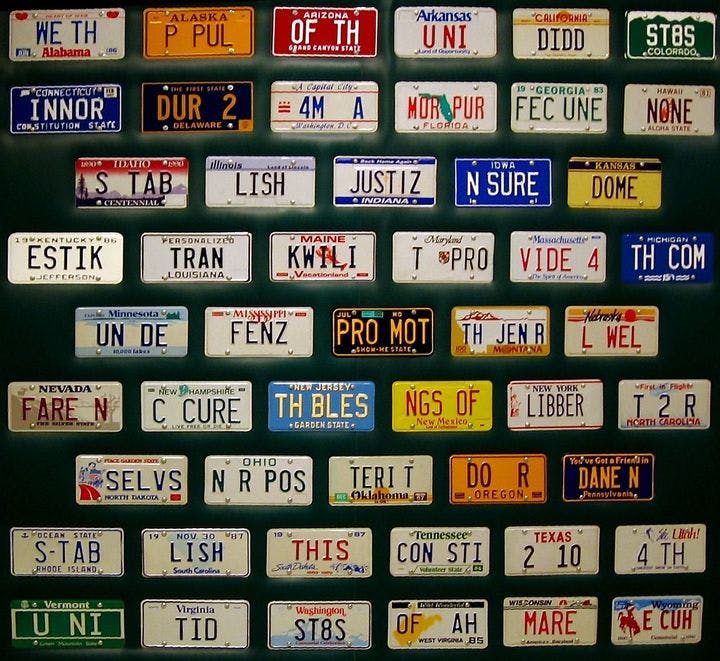Summer 2012
How to bring back the Constitution
– The Wilson Quarterly
There's a huge difference between judicial constitutionalism and political constitutionalism.
Can a return to constitutional principles help address the immense economic and political challenges to governance of the United States? Many Americans, especially conservatives, think so. Responding to Tea Party activists, for example, the House of Representatives kicked off the 112th Congress with members solemnly reading the entire Constitution aloud. Political scientist James W. Ceaser of the University of Virginia, however, cautions that not all roads back to the Constitution are the same.
There are two kinds of constitutionalism, he says. Legal constitutionalism is mostly the domain of judges and legal experts, who interpret the Constitution’s application in specific cases. Political constitutionalism is the work of politicians and citizens. In this approach, the Constitution “fixes certain ends of government activity, delineates a structure and arrangement of powers,” and leaves it to “political actors making political decisions to protect and promote constitutional goals.” Until the 1960s, the two forms of constitutionalism were roughly in balance, but today most Americans, including many conservatives, take it for granted that constitutional interpretation is the sole province of the courts. That’s a mistake, Ceaser argues.
Consider the court challenges to President Barack Obama’s Patient Protection and Affordable Care Act (which had not been decided when Ceaser wrote). They rest mainly on the argument that Congress, in imposing penalties on those who fail to purchase health insurance, has exceeded its power under the Constitution’s commerce clause. But if the penalty had simply been called a tax, Ceaser points out, opponents would have had no case. “Does it not seem odd that the ‘great’ constitutional question focuses on an avoidable point,” leaving out the larger issue of “whether the federal government can take full control of this area of economic and social activity[?] . . . Doesn’t this way of looking at matters trivialize the Constitution, as if it were more concerned with procedural rules than with broad ends?” Such great questions need to be answered over time in the political process, not with a single Supreme Court ruling, Ceaser says.
Many liberals try to brush the document aside or render it infinitely malleable with their doctrine of the “living Constitution” but conservatives have their own constitutional inadequacies, Ceaser argues. Many imagine that “their political theory is not just permitted under [the Constitution], but dictated by it.” They forget that “the Constitution cannot do all the work that a party must do on its own.” They, too, are in the grip of legal constitutionalism. “Until the meaning of political constitutionalism can be recovered,” Ceaser concludes, “calls for a return to the Constitution will be to little avail.”
THE SOURCE: “Restoring the Constitution” by James W. Ceaser. The Claremont Review of Books, Spring 2012.
Photo courtesy of Flickr/soupstance
